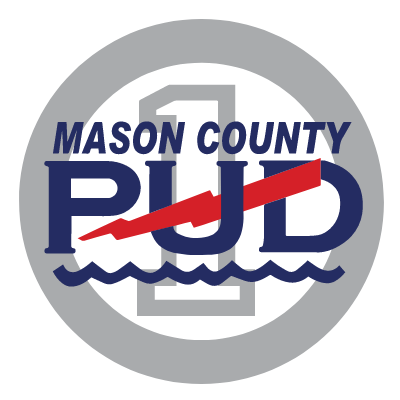My father helped build the lower Snake River dams. I’m sure he would turn over in his grave if he knew what some environmental organizations are now proposing. For example, Wendy Gerlitz of the Northwest Energy Coalition (NWEC) recently opined that the region must choose between healthy populations of wild salmon and removing the Snake dams. NWEC’s solution is to remove the dams and replace them with more energy conservation and new wind/solar projects. In reality, salmon and dams, including the Snake dams, are co-existing and thriving – good news for those who care about restoring salmon and reducing carbon emissions.
No matter how many times NWEC makes their assertion, it simply doesn’t change the facts.
Dams can’t be replaced by energy efficiency or new renewables. Power planners at the NW Power and Conservation Council analyzed Snake Dam removal. The Council’s analysis found that even if all cost-effective energy efficiency available in the region was acquired, fossil fuel generation would still be needed to replace the energy and capacity lost from removing the Snake dams.
Bringing on new intermittent wind and solar doesn’t help either. The federal hydro system backs up these resources when the wind stops or the sun goes away, but hydro has reached its limits. Tom Eckman, a retired top analyst from the Council, pointed out that developing new renewables requires building new gas plants to back them up, which does nothing to reduce carbon. That’s the region’s “dirty little secret in the clean energy game,” Eckman noted.
This makes NWEC’s position even more mystifying. For an organization that cares about climate change, the Council concluded that removing the Snake dams with fossil fuel generation would add 3 to 4 million tons of carbon to our skies EVERY YEAR. In fact, removing the Snake dams is likely the single most damaging action the region could make. In addition to clean low cost power, the dams provide irrigation for agriculture, barge transportation, flood control and recreational opportunities. They are the economic engine of Washington. Yet, Ms. Gerlitz says that it is dams that are creating a threat to salmon – pointing to last year’s hot temperatures and laying blame on the dams’ reservoirs. Once again, she is entirely off-base. The dams didn’t “do in” the sockeye last year. Super El Niño did by hitting the Northwest with a combination of low flows and persistently hot temperatures. In fact, a NOAA Fisheries report on the tragic loss of sockeye last year concluded that the dams helped keep river temperatures cooler through most of the migration season. Interestingly, the Fraser River in British Columbia also has experienced severe sockeye population crashes some years and there aren’t any dams to blame there.
So, how are the salmon doing? This year, with more normal river conditions, the sockeye have returned in droves with over 342,000 adults making their way above Bonneville Dam including Snake River sockeye. Chinook returns have been good and nearly a million fall Chinook are forecasted to return, which is very good indeed. Young salmon migrating downstream are doing well too. Looking at the federal dams on the Columbia and Snake rivers, survivals are high, averaging 97% percent or better at the dams. Operational changes and new fish slides are helping speed young salmon on their way, making for a safer trip.
The facts and analyses that have been done, exhaustively, over many years don’t support removal of the dams from a climate change, salmon restoration or economic perspective. Although, I’m sure the emotional rhetoric for dam removal will continue, regardless of the amount of scientific data and facts.
Hydro power is not the problem but the solution to a sustainable environment. This is why it needs to be considered an eligible renewable resource in existing and future legislation. That’s my take.
Karl Denison, Commissioner District 1
